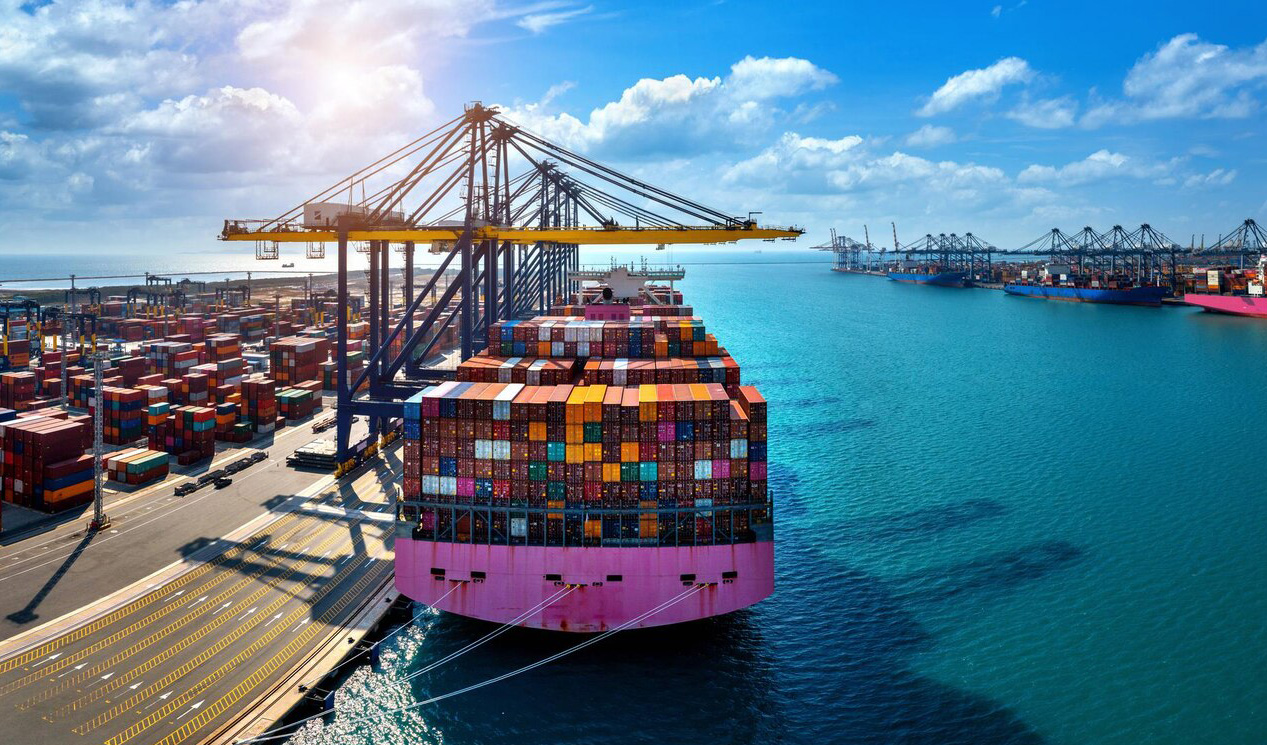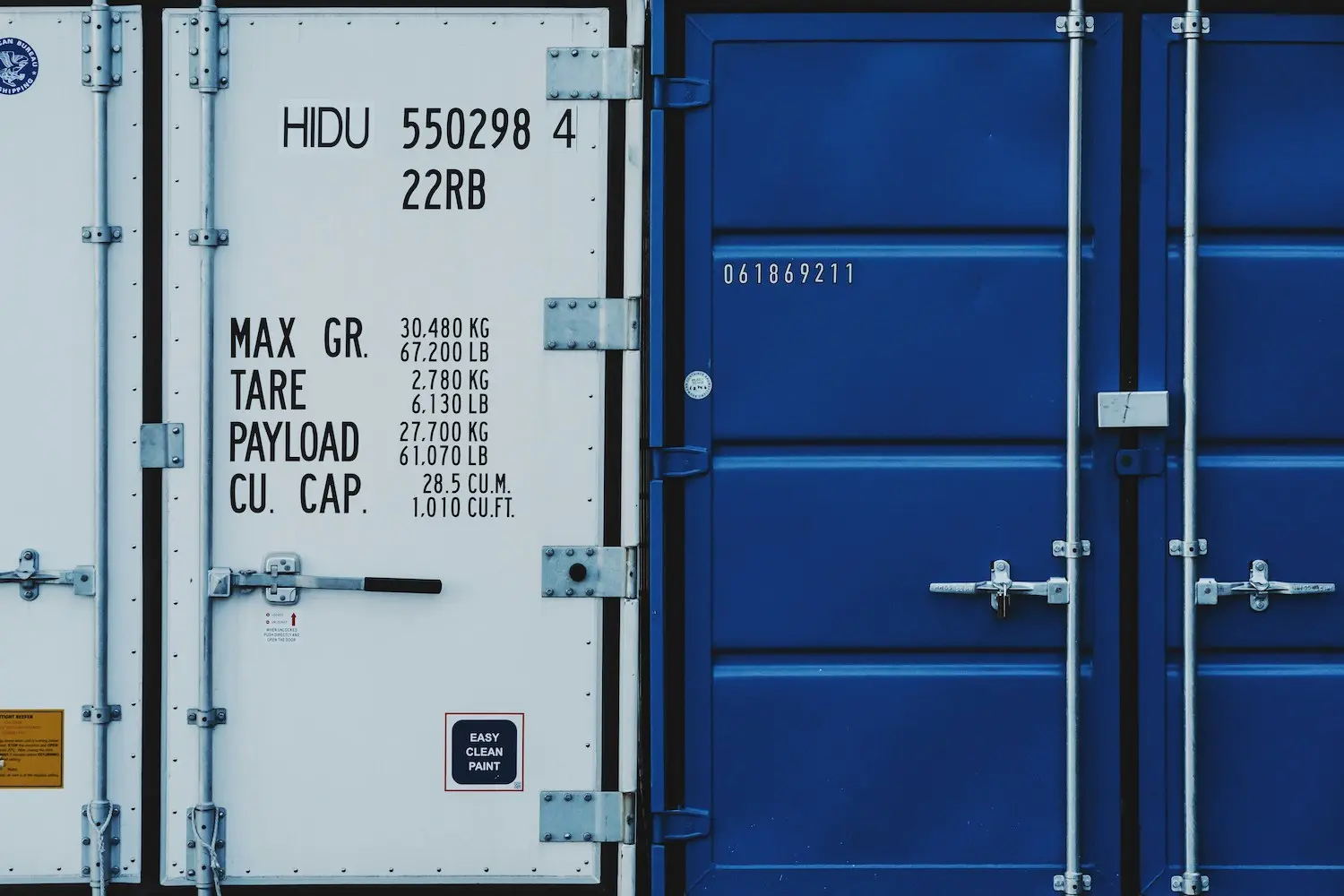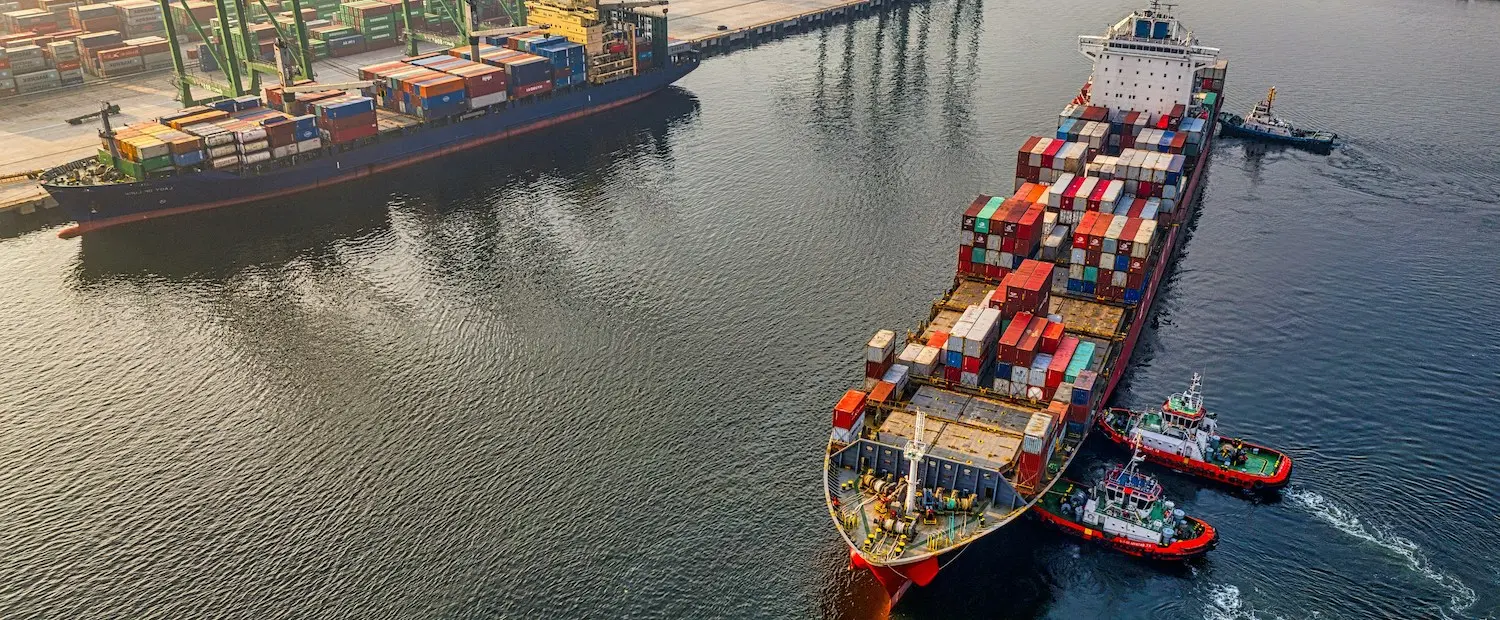
An Overview of Intermodal Equipment: Containers, Chassis, and More
For goods of all kinds to safely make it around the world, shipping logistics need to run like a well-oiled machine. Without the proper intermodal equipment, freight can be damaged, supply chains can be disrupted, and the logistics stakeholders involved can lose a lot of money.
Ever since the invention of the steel shipping container by businessman Malcom McLean in 1956, the shipping service industry has relied on increasingly improved equipment for shipping by sea, rail, and land and the handling of containers in between.
This article will dive into the basics of intermodal shipping and the equipment that makes it possible.
What Is Intermodal Transportation?
Intermodal transportation is a method of shipping goods around the globe using different modes of transportation. For example, a shipping container might travel from its origin by train to a cargo ship and then be carried via highway by truck once it reaches its destination.
Using intermodal transportation creates a seamless, cost-effective trip that connects all shipping stakeholders, from logistics companies and industry suppliers to ports and truckers. Because shipping containers travel by varying means, there is a lot of intermodal equipment involved when it comes to moving the container from one carrier to the next.
Intermodal Equipment Types
During intermodal transportation, shipping containers need to move between warehouses, ports, public highways, and other facilities to make it to their final destination. Below is an overview of the intermodal equipment that is used at each step.
Shipping Containers
Arguably the most important piece of intermodal equipment is, rather obviously, the shipping container. While this may seem like a straightforward piece of equipment, there’s actually a lot of variety when it comes to choosing the right container for your shipping needs.
Shipping containers mainly vary in two ways: the size of the container and the type of container.
Standard Shipping Container Sizes
Although intermodal shipping containers are standardized to certain specifications, there are still different sizes to choose from. Choosing the right size units means picking one that’s large enough to carry your goods with the least amount of empty space.
Standardized shipping container sizes include:
- 20-foot containers: These containers are perfect for those who may have space limitations or smaller projects
- 40-foot containers: These containers provide a large capacity and ample space for substantial storage needs. They’re also one of the most common sizes of storage containers used for international shipping.
- High cube containers: These containers are taller than other standard container sizes, commonly measuring in at almost 10 feet tall. For comparison, standard 40-foot containers are about 8.5 feet tall. The extra height these containers have is used to accommodate taller cargo, two-story projects, or goods that may require a forklift to load.
Less common sizes of shipping containers include 10-foot containers, which are known for being compact and portable, and 53-foot containers, which are typically used for rail transport.
Types of Shipping Containers
Aside from size, shipping containers also vary in their suitability for different transport needs. Common types of shipping containers include:
- General dry cargo containers, which are the go-to choice for storing dry goods and non-perishable items
- Open top containers, which have doors that open from the top so oversized cargo can be loaded from above
- Flat rack containers, which lack walls and a roof so that they can carry machinery, cars, and other bulky items
- Refrigerated containers, which come with temperature control mechanisms to store food and other sensitive materials
Used shipping containers also come in different conditions. Some may contain rust and dents. If you’re using an older container, be sure to check it for defects and deficiencies.
Intermodal Container Chassis
Interstate commerce relies on intermodal container chassis, which are a type of wheeled trailing equipment designed to securely carry an intermodal container. They’re specialized steel frames with tires, brakes, and suspensions designed to move mounted containers via roadways.
A standard chassis will carry 20-foot and 40-foot intermodal containers using two axles. However, a tri-axle chassis may be used for 20-foot containers weighing more than 36,000 pounds or 40-foot containers carrying more than 44,000 pounds.
Types of Container Chassis
There are three main types of container chassis:
- A standard container chassis, which is designed to carry standard 20-foot, 40-foot, and 45-foot containers
- A tilt container chassis, which has both upper and lower frames designed to make it easy to load and unload containers
- An extendable container chassis, which can adapt to trailers of all sizes. These chassis are perfect for transporting containers of varying lengths.
Container Handling Equipment
As containers are transferred from one place to the next, container handling equipment is used to move containers between transportation methods or around ports once they arrive. This intermodal equipment can pick containers up off of ships, load them onto intermodal chassis, and more.
Various types of container cranes are used to lift the containers and are vital for moving containers between the port, trains, and motor carriers. Overhead cranes are used to load, unload, and stack containers on ships and flatcars. They’re also used to load containers onto major shipping railroads, such as Union Pacific and Norfolk Southern.
Gantry cranes move storage containers between locations within container yards. Forklifts and heavy-duty lift trucks and vehicles may also be used for short distances.
In Summary
Secure intermodal equipment is the reason we’re able to ship goods around the globe, providing communities with access to additional products and materials that may not be available regionally. The first step to successful international shipping is choosing the right intermodal equipment and carrier.
If you’re looking for an intermodal equipment provider, DSL Logistics offers intermodal equipment planning solutions and reliable drayage trucking services that master the art of timely and cost-effective deliveries. Request a quote today!




